Dolch Nouns sight words on flash cards.
Use these cards as flash cards or as displays on your walls.
There are some blank cards provided for you to add any other words you may be working on with your students.
Updated: 07 Nov 2019
Dolch Nouns sight words on flash cards.
Non-Editable: PDF
Pages: 25 Pages
Years: F - 4
Understand that words can represent people, places and things (nouns, including pronouns), happenings and states (verbs), qualities (adjectives), relationships in time and space (prepositions) and details such as when, where and how (adverbs)
Understand that in sentences, nouns may be extended into noun groups using articles and adjectives, and verbs may be expressed as verb groups
Recognise and know how to write most high-frequency words, including some homophones
Plans, creates and revises texts written for different purposes, including paragraphs, using knowledge of vocabulary, text features and sentence structure
Selects, applies and describes appropriate phonological, orthographic and morphological generalisations and strategies when spelling in a range of contexts
Explore differences in words that represent people, places and things (nouns, including pronouns), happenings and states (verbs), qualities (adjectives) and details such as when, where and how (adverbs)Elaborationstalking about effective words that d...
Understand that nouns represent people, places, concrete objects and abstract concepts; that there are three types of nouns: common, proper and pronouns; and that noun groups/phrases can be expanded using articles and adjectivesElaborationsexploring ...
Recognise and know how to write most high frequency words including some homophonesElaborationsdrawing on meaning and context to spell single-syllable homophones, for example âbreakâ or âbrakeâ and âateâ or âeightâ...
Understand that words can represent people, places and things (nouns, including pronouns), happenings and states (verbs), qualities (adjectives) and details such as when, where and how (adverbs)
Understand that in sentences nouns may be extended into noun groups using articles and adjectives, and verbs may be expressed as verb groups
Recognise and know how to write most high-frequency words including some homophones
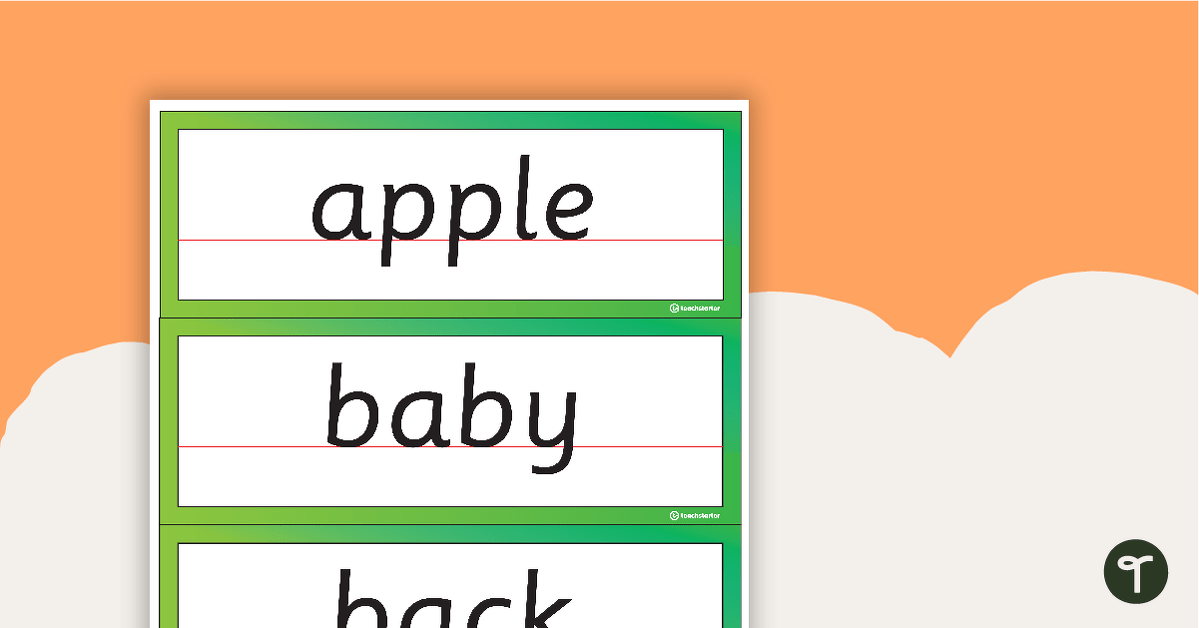
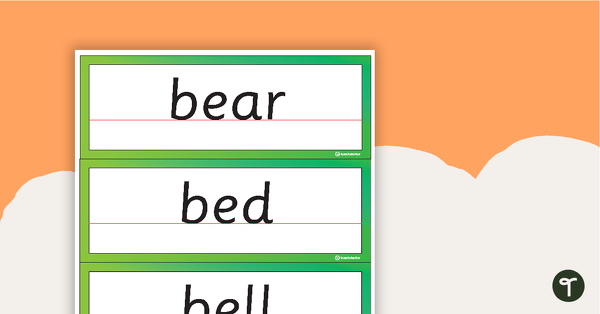

Dolch Nouns sight words on flash cards.
Use these cards as flash cards or as displays on your walls.
There are some blank cards provided for you to add any other words you may be working on with your students.
Understand that words can represent people, places and things (nouns, including pronouns), happenings and states (verbs), qualities (adjectives), relationships in time and space (prepositions) and details such as when, where and how (adverbs)
Understand that in sentences, nouns may be extended into noun groups using articles and adjectives, and verbs may be expressed as verb groups
Recognise and know how to write most high-frequency words, including some homophones
Plans, creates and revises texts written for different purposes, including paragraphs, using knowledge of vocabulary, text features and sentence structure
Selects, applies and describes appropriate phonological, orthographic and morphological generalisations and strategies when spelling in a range of contexts
Explore differences in words that represent people, places and things (nouns, including pronouns), happenings and states (verbs), qualities (adjectives) and details such as when, where and how (adverbs)Elaborationstalking about effective words that d...
Understand that nouns represent people, places, concrete objects and abstract concepts; that there are three types of nouns: common, proper and pronouns; and that noun groups/phrases can be expanded using articles and adjectivesElaborationsexploring ...
Recognise and know how to write most high frequency words including some homophonesElaborationsdrawing on meaning and context to spell single-syllable homophones, for example âbreakâ or âbrakeâ and âateâ or âeightâ...
Understand that words can represent people, places and things (nouns, including pronouns), happenings and states (verbs), qualities (adjectives) and details such as when, where and how (adverbs)
Understand that in sentences nouns may be extended into noun groups using articles and adjectives, and verbs may be expressed as verb groups
Recognise and know how to write most high-frequency words including some homophones

We create premium quality, downloadable teaching resources for primary/elementary school teachers that make classrooms buzz!
Would you like something changed or customised on this resource? While our team makes every effort to complete change suggestions, we can't guarantee that every change will be completed.
Did you spot an error on this resource? Please let us know and we will fix it shortly.
Are you having trouble downloading or viewing this resource? Please try the following steps:
If you are still having difficulty, please visit the Teach Starter Help Desk or contact us .

A fun game for students to play in small groups to consolidate their understanding of adjectives.
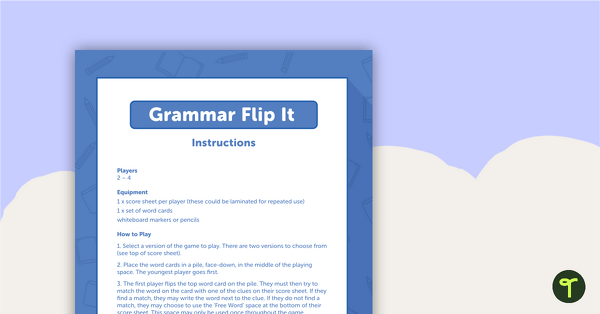
A fun game for students to play in small groups to consolidate their understanding of verbs.
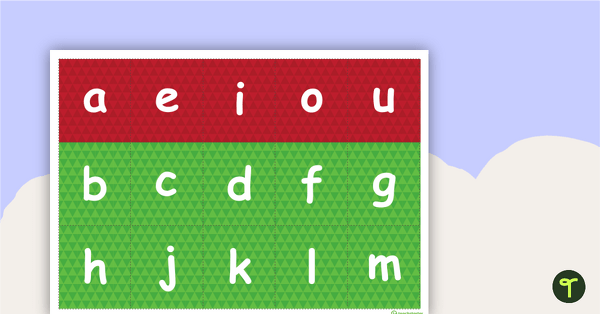
A sheet of letters to use when making CVC words.
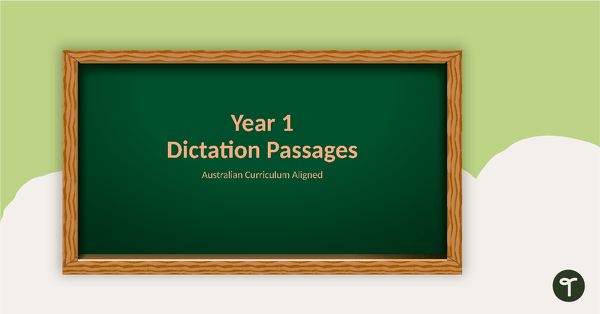
Use this set of Year 1 editing passages to help your students demonstrate their spelling, punctuation and grammar knowledge.
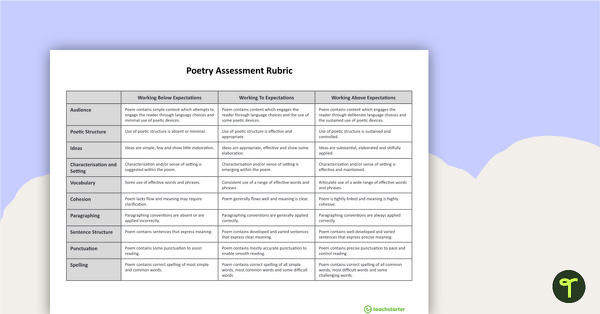
A NAPLAN-style rubric designed to help teachers to assess student's poetry.
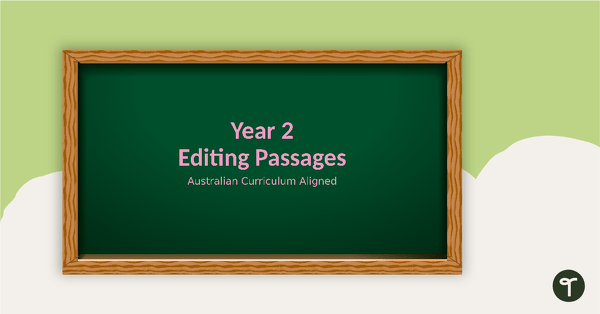
Use this set of Year 2 editing passages to help your students demonstrate their spelling, punctuation and grammar knowledge.
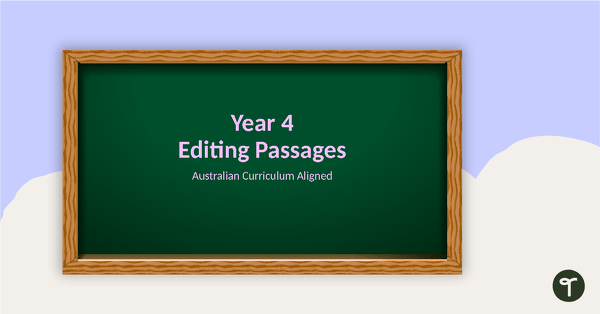
Use this set of Year 4 editing passages to help your students demonstrate their spelling, punctuation and grammar knowledge.

A set of 28 generic QAR question cards for students to use as a comprehension task after reading.
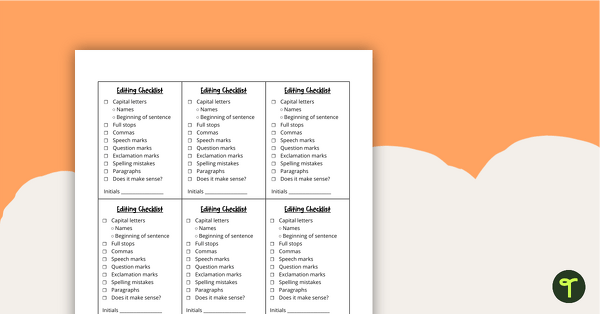
Get your students using this editing checklist so that no mistake gets left behind!
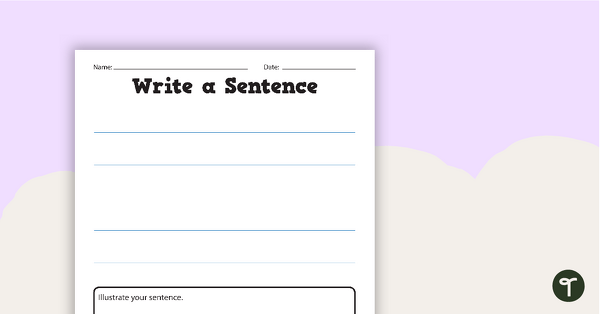
A worksheet for beginner writers to practice their handwriting.
0 Comments
Write a review to help other teachers and parents like yourself. If you'd like to request a change to this resource, or report an error, select the corresponding tab above.